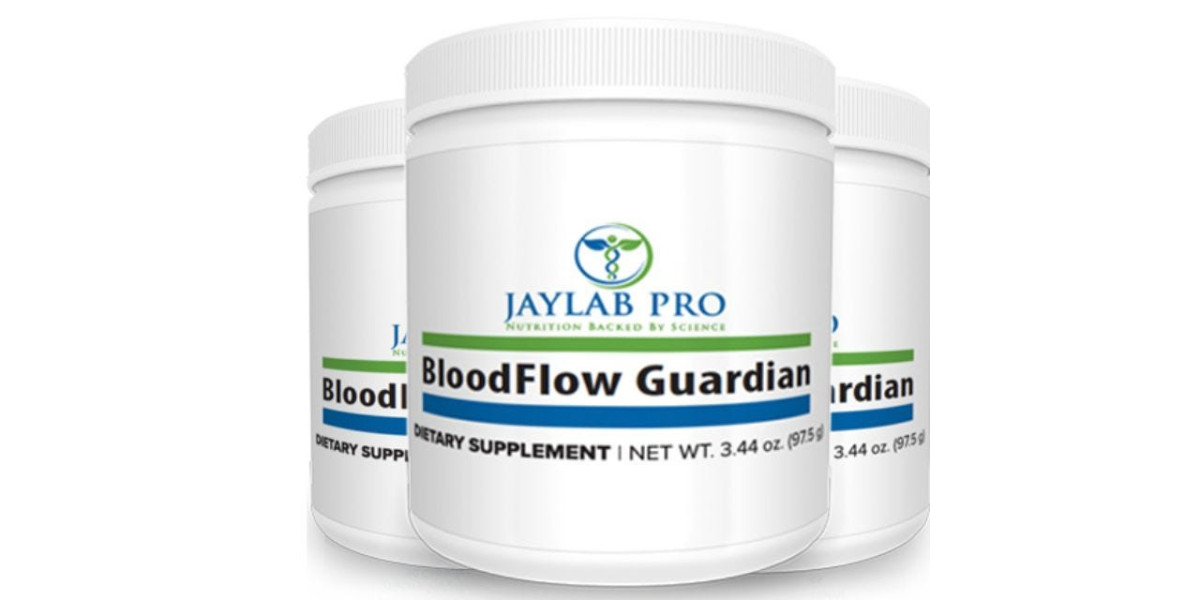Window Tint Regulations: What Are They?
Window tint regulations specify the level of reflectivity or darkness of your car's windows. These laws seek to protect drivers from the harmful effects of ultraviolet (UV) radiation while ensuring they have a sufficient field of vision. State, national, and even local regulations vary. Still, they are primarily defined by the amount of light that is allowed to enter through the colored windows (known as Visible Light Transmission, or VLT).
Regulations governing the front windows and windshield are typically more stringent than those governing the side or rear windows. In this case, the goal is to give drivers excellent vision and safety while also utilizing the advantages of car window films, such as heat rejection and UV blocking.
Why Are There Variations in Tint Regulations by Region?
Because local governments consider various elements, such as weather, driving habits, and safety concerns, different regions have different tint laws for car windows. Areas with high levels of illumination, for instance, may benefit from darker tints to reduce glare and shield the driver's eyes. In contrast, areas that experience a lot of precipitation (snow or rain) may have stricter laws designed to ensure that drivers can see in low light levels.
Furthermore, the trade-off between security and privacy shapes municipal regulations. Car owners want to protect their privacy, but police agencies need to be able to see inside vehicles to check for possible threats. This is the reason why every nation has its color regulations.
What does window tinting's Visible Light Transmission (VLT) mean?
The amount of light that passes through the window's tinting layer is known as visible light transmission or VLT. The color gets lighter as the VLT % rises. Conversely, a lower VLT percentage produces a deeper color. For instance, the 70% VLT blocks 30% of visible light while permitting 70% of it to go through. In some places, front-side windows may be required to have a minimum VLT of 70%, but rear windows with a VLT of less than 15% may not be subject to any restrictions.
When selecting window tint for your vehicle, it's critical to ascertain the VLT. Fortunately, UltrashieldX and The Detailing Mafia offer premium vehicle window films that provide excellent protection and don't violate most tint regulations.
Does the law on window tinting have any exceptions?
Indeed, several jurisdictions grant exemptions from window tint laws under certain circumstances. However, some governments grant "medical" exemptions for conditions that require additional sun protection, such as light sensitivity or conditions that exacerbate UV exposure (in which case the risk of sunburn is increased). In these situations, people might ask for a medical certificate and, depending on the higher limit, tint the glass darker.
Vehicles used by emergency services or police enforcement may also be exempt from general window tint regulations in some areas. To find out if you qualify for an exception and how to apply, you should always check local laws.
How do permissible and illegal tint levels differ from one another?
The VLT % is the primary factor that distinguishes lawful window tints from illegal ones. Legal tints allow enough visible light to pass through to guarantee safe driving and unobstructed vision for law enforcement, as required by local rules.
However, since illegal tints don't transmit light at all, they drastically restrict the amount of light that can be perceived, which can sometimes lead to people driving recklessly at night or in inclement weather. A tint with a VLT below the legal limit, for example, would be considered inappropriate and, if found, could lead to fines or the requirement that the tint be removed.
What Are the Repercussions for Illegal Window Tinting?
The penalties for unauthorized window tinting vary significantly from one jurisdiction to another. Among the most typical sanctions are:
- Fines: Depending on the severity of the tint violation, a fine may be imposed on a first-time offender.
- Tint Removal: The authorities may often demand that you pay to have the illegal tint removed.
- Vehicle Inspections: If a traffic stop reveals that your car's tint is unlawful, it may need to be inspected and tinted before it can meet safety regulations.
More Services















